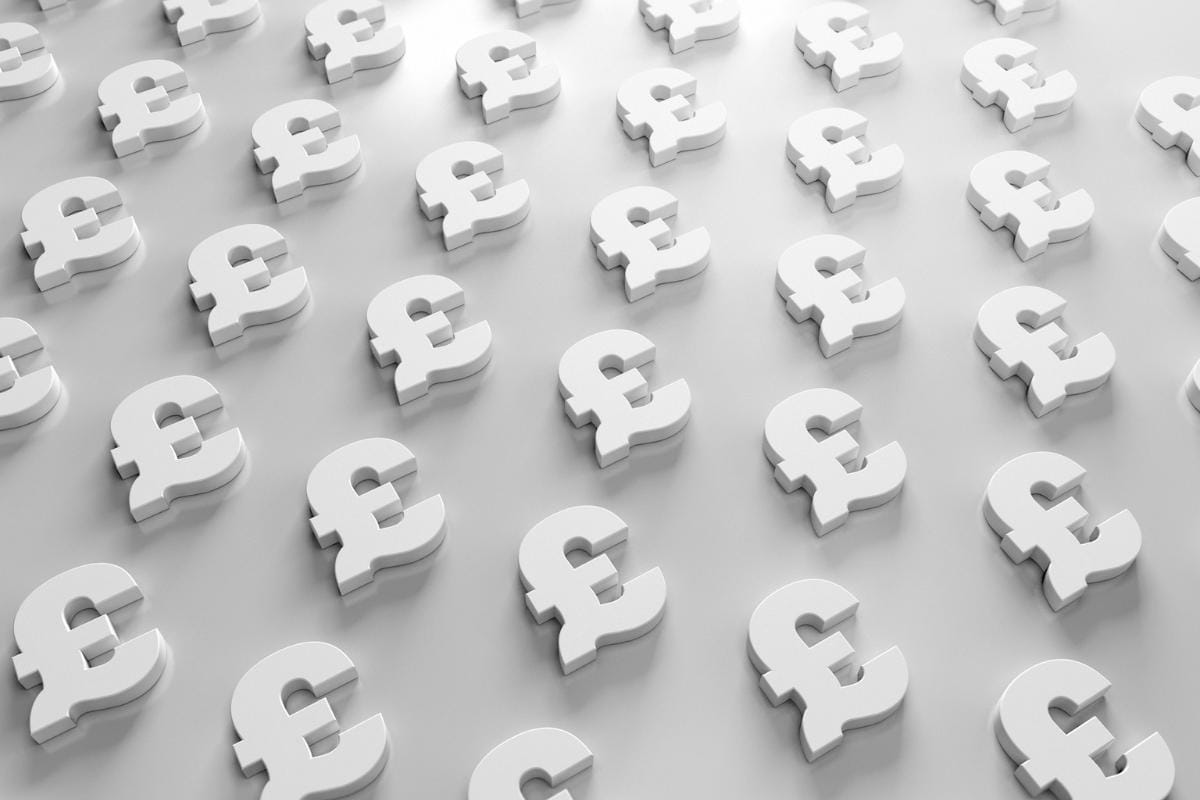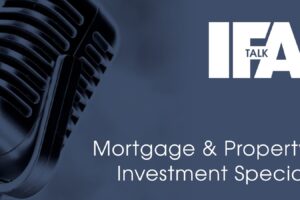Written by James Purcell, co-author of Sustainable Investing in Practice
If we cast our minds back to the early 2010s a typical sustainable multi-asset portfolio was an unattractive proposition. While plenty of individual equity and bond sustainable funds existed, not many persons had thought how to combine them into a robust multi-asset portfolio.
The few portfolios that did exist, often used one of three suboptimal methods.
Some managers employed a “screening” approach – running an asset allocation process for a standard portfolio and then assessing the resultant holdings using a third-party sustainability rating. They would then substitute out any poor sustainability performers, or worse, compare the portfolio’s average “score” to a benchmark to determine the portfolio’s supposed sustainable validity.
Others opted for an “exclusion approach”, taking a traditional portfolio and removing certain undesirable elements from it, with little or no further remedial action.
Finally, some chose a core-satellite approach in which a traditional portfolio was augmented by specific sustainable assets. These would be crudely bolted-on and the core-portfolio would be scaled down proportionately to accommodate them.
What these traditional approaches had in common was that sustainability was an afterthought. A conventional asset allocation process was undertaken, starting with unadjusted capital market assumptions, and ending in asset class and product allocations. Only then, as a final step, was sustainability incorporated into the decision-making process.
In the last five years, with sustainable investing’s popularity booming, client demand triggered investment providers to revisit the assumptions behind sustainable multi-asset portfolios.
Modern approaches to sustainable multi-asset portfolios typically exhibit two characteristics. First, they incorporate sustainable variables into macro forecasts and into the capital market assumptions. Second, the portfolios include sub-asset class substitutions, such as replacing high-quality government bond exposure with multilateral development bank bonds.
To take each in turn:
In the real economy sustainable variables are increasingly shaping macroeconomic outcomes. For example, the shift from fossil to renewable energies can be inflationary if the transition is governed by politics rather than market forces alone. As a second-order effect, the transition could fundamentally alter the demand curves for commodities by, for instance, increasing demand for nickel and decreasing demand for coal. This will affect a range of national gross domestic product growth expectations as well as other important factors such as unemployment rates.
In practice, applying sustainability factors into capital market assumptions can take many
forms. A key one is modelling economic forecasts for a range of climate scenarios. Large asset managers such as BlackRock and Wellington have published some of their work. These forecasts can translate into allocations that favour technology over energy, that can exclude certain commodities and that can influence individual instrument selection.
Turning to the second notable characteristic. Sub-asset class substitutions take the entirety of a conventional sub-asset class and represent it in a sustainable manner. A relatively straight forward substitution is to replace high-quality developed-market government bonds with multilateral development bank bonds. The latter are issued by entities such as the World Bank, boast AAA credit-ratings, exhibit a 0.99 correlation spread to US treasuries and trade at a typical credit spread of just 15 basis points. As of 2022, they comprised more than $400 billion of outstanding publicly traded debt, so all but the largest sustainable investors can mimic the maturity and duration of US dollar and euro sovereign curves within a multi asset portfolio.
Replacing a conventional asset with an asset designed explicitly with sustainability in mind even stretches to gold. Among commodities, gold processes a rare characteristic: it is infinitely recyclable with no degradation of quality. Consequently, it is well placed to be part of a circular economy and serve as a credible sustainable asset. On average, recycled gold, whether in the form of jewellery or consumer electronics parts, generates just five per cent of the carbon emissions of its mined equivalent. In 2022, the UK’s Royal Mint announced it would back a significant portion of its exchange traded commodity investment product with recycled gold.
Looking back over the past decade sustainable multi-asset portfolios have transformed. Sustainability has gone from being an afterthought, with conventional portfolios being either screened, partially excluded, or augmented with sustainable satellites, to sustainability permutating the entire investment value chain. Today, high quality sustainable multi-asset portfolios look notably different from their conventional peers – look for the presence of sub-asset classes such as multilateral development bank debt, green bonds, and even recycled gold.












![[uns] house of commons, parliament](https://ifamagazine.com/wp-content/uploads/wordpress-popular-posts/788182-featured-300x200.webp)

